Ringworm In Cats Oral Medication
Ringworm in cats oral medication. If you're searching for content, images, pictures or photos information related about your searching, you've come to visit the ideal site. Our site provides you with suggestions for seeing the good content and picture, hunt and find more enlightening article articles and images that match your interests. includes one of tens of thousands of collections from several sources, therefore we recommend this article that you see. You can also contribute to supporting this website by sharing content and graphics that you like on this site on your social networking accounts like Facebook and Instagram or educate your closest friends share your experiences about the simplicity of access the information you get on this site. This blog is for them to visit this website.
Dermatophytosis Ringworm In Cats
Ringworm in cats oral medication
Cats use their claws for various purposes. The claws are important to cats, as they are an essential part of balancing. If you’ve ever noticed a cat jumping and latching on to a high object, you’ve probably noticed that he uses his claws to pull himself up. When climbing trees, cats tend to use their claws to latch onto the bark and climb towards their destination.
Cats also use their claws for stretching, walking, and running as well. The claws are also a cat’s primary source of defense against other animals and humans as well. Most cats keep their claws extremely sharp, as their claws and teeth are basically their only weapons. The claws are also essential for using the bathroom as well, as cats use them to cover up their mess with dirt.
Cats also use their claws to scratch things, which mark their territory. Their claws have glands, which contain a secretion. When they leave their mark on something, the secretion is transferred to the area they scratched. This is detectable to other cats although not to humans. Sometimes, they will also scratch something to remove the older claw which will fall off and give them a brand new claw that resides underneath.
As sad as it is, a lot of pet owners choose to put their own possessions above their cat, such as their expensive furniture or carpets. These cat owners are afraid that they cat will ruin their furniture or carpet, and therefore will choose to get their cat de-clawed. Getting a cat’s claws removed is a surgical procedure, one that can only be performed by a veterinarian. The owner will need a good reason though, as a vet won’t do the surgery just to keep one’s furniture or carpet protected.
If you’ve been thinking of getting your cat de-clawed, you should know that the process can totally change his personality. Once the cat is de-clawed, he will be in pain and confused. He may not be able to jump in the window or on the couch, and he may not be able to play like he once did. Some cats, after being de-clawed, tend to get aggressive and bite with their teeth. To make a long story short, the cat will be completely miserable – which is a tough thing to bear for those who love their cats.
Those who decide to own cats should know that a cat can scratch on occasion. If someone isn’t prepared to deal with that fact, they shouldn’t own a cat in the first place. Cats are great pets, although they do have claws and they will use them on occasion. There are plenty of other great pets out there, if you aren’t up for handling a cat. If you’re just worried about your furniture or carpet, there are ways that you can keep your cat from scratching on your belongings.
The first thing to do is to get your cat a scratching post and let him know where it is and how to use it. You can also get a rush mat as well, which will help your cat with his instincts to scratch. You may have to demonstrate how to use the mat or the post at first, although your cat should catch onto it quick. Once you have shown him the ropes, he will scratch on the post or the mat – and not your furniture or your carpet.
Although many don’t realize it, there are other ways to protect your things other than getting your cat de-clawed. Getting a cat’s claws removed is very painful and confusing to the cat, and may totally change his outlook on things. Before you decide to take the inhumane path of getting your cat de-clawed, you should look into your other available options- your cat will like these options much better.
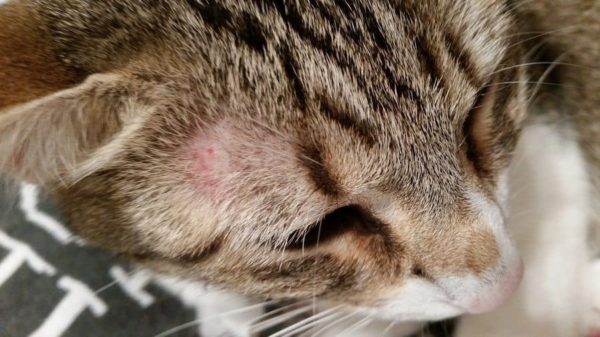
Ringworm in cats oral medication. If ringworm is diagnosed treatment will typically involve the application of topical antifungal medications to all infected areas and in most cases a systemic medication as well. Common medications used to treat ringworm in cats include. One of the most commonly used medications to treat ringworm in cats is known as Clotrimazole.
Ringworm in cats and in any other pet for that matter is extremely contagious. Cat ring worm thrives on the natural skin keratin that is found in the outer layers of the skin the hair and the nails. The recommended oral medications for treating ringworm are Terbinafine Lamisil and Itraconazol Sporanox.
These are usually given until two negative cultures are taken at least one week apart. Give Ketoconazole by mixing into the cat foods that will maximize the absorption of the medicine into the foods. Drugs that have been shown to be effective include griseofulvin terbinafine ketaconazole and itraconazole.
Oral antifungal medications should also be used to treat ringworm in cats. The purpose of this paper was to evaluate the in vivo efficacy of oral terbinafine Lamisil. If the lesions are present in many areas of a cats skin a full-body rinse or dip may be used.
Samples were obtained daily from 23 cats. About 250 mg of Terbinafine should be used or about 200 mg of Itraconazol should be used to treat ringworm. Compounded itraconazole is generally not recommended due to lower efficacy.
Clean lesions and apply a topical ointment daily. Although its safe to use Clotrimazole on your pets skin you must discuss the same with the vet as certain over the counter medicines cause drug interactions when theyre paired with other prescription drugs. Cats were treated once by oral administration of lufenuron suspension in doses ranging from 512 to 266 mgkg 233 to 1209 mglb.
To prevent your cat from getting ringworm. Oral medication is not always necessary for treating ringworm but it can be effective for some cases when used in conjunction with topical treatments. There are several oral anti-fungal drugs available for kittens but itraconazole fluconazole and terbinafine are the most commonly used to treat ringworm in cats.
Itraconazole oral antifungal medicine Fluconazole oral antifungal medicine Terbinafine oral antifungal medicine Lime sulfur dips. To Summarize Quarantine your kittens if ringworm is suspected or diagnosed. Bathing a cat can be challenging at the best of times.
Griseofulvin is the drug of choice for treating ringworm in cats. These include drugs like itraconazole typically at 5-10 mgkg orally once a day for 3 weeks fluconazole terbinafine griseofulvin and ketoconazole. It can be easily transmitted from animal to animal or even animal to human through infected grooming supplies tack or even skin-to-skin contact.
The cornerstone of treatment for ringworm is systemic therapy with an oral medication. Luckily there are topical antifungal medications available in the form of creams and sprays that may be effective against ringworm. No one likes giving cats oral medications.
Clipping fur and dips available at the veterinarian are also useful tools to rid the infection. Griseofulvin used to be the most common medication but some cats dont react well to the medication including bone marrow problems and stomach upset. Although the drug is believed to be very powerful to eliminate ringworm the drugs have side effects such as nausea vomiting and appetite decreased.
A cat with ringworm will have delicate skin making this even more awkward. Clotrimazole is a medicated cream that has anti. Clotrimazole Lotrimin Mycelex Miconazole Aloe Vesta Antifungal Azolen Baza Antifungal Carrington Antifungal Critic Aid Clear Cruex Prescription Strength DermaFungal Desenex Fungoid Tincture Micaderm Micatin Micro-Guard Miranel Mitrazol Podactin Remedy Antifungal Secura.
Its known to suppress cell formation. Many pills are to cats and one way to get around it is to put the pill in an empty gel cap before administering it. Also if you follow-up the pill with a little bit of water to wash it down this always helps.
Mean durations from time of treatment to time of negative fungal culture results and resolution of gross lesions were 83 and 12 days respectively. The most effective treatment for ringworm in cats is lime dipping in combination with oral anti-fungal medication. The oral medication Itraconazole is commonly prescribed for cat ringworm because it has fewer side effects then other options.
The most common way to treat ringworm in cats is to use a combination of topical therapy application of creams ointments or shampoos and systemic oral therapy administration of anti-fungal drugs by mouth. Probably the reason she was foaming at the mouth was because the pill may be bitter. In order for treatment to be successful all environmental contamination must be eliminated.
Sandoz in the treatment of feline ringworm caused by M canis and to consider this drug as an alternative to griseofulvin or imidazoles. The most common drugs used for this are. Oral medication is a crucial component to ringworm treatment especially in a shelter or foster home.
There are many non-prescription products available to treat ringworm including. Give two medicated baths or dips per week. Other treatments include the application of topical anti-fungal cream and bathing with anti-fungal shampoo.
What should I do if my cat has ringworm. Sanitize the infected space frequently. If it is oral antifungals such as terbinafine griseofulvin or itraconazole that affect your cats health your vets may prescribe oral medication.
Another oral medication which can be used is Fluconazole Diflucan. Prevention of Ringworm in Cats. However there is also an oral medication called ketoconazole which may be helpful if your cats other symptoms seem to point to ringworm.
Program lufeneron has been shown to be ineffective against ringworm. Ideally these drugs should not be used in kittens less than 8 weeks of age. If the ringworm lesions are present on many areas of a cats skin a full-body rinse or dip or oral medication may be used.
Oral medications are prescribed for severe cases of ringworm. In addition to topical treatment some vets will prescribe an oral ant-fungal medication. Griseofulvin is the active antifungal ingredient in Fulvicin.
Microsporum canis is the dermatophyte most commonly responsible for ringworm in cats. Regardless of whether you use topical or oral medication it is important to make sure that your cat remains hydrated at all times. As ringworm is resilient you should not stop the treatment sooner than recommended or abruptly stop it.
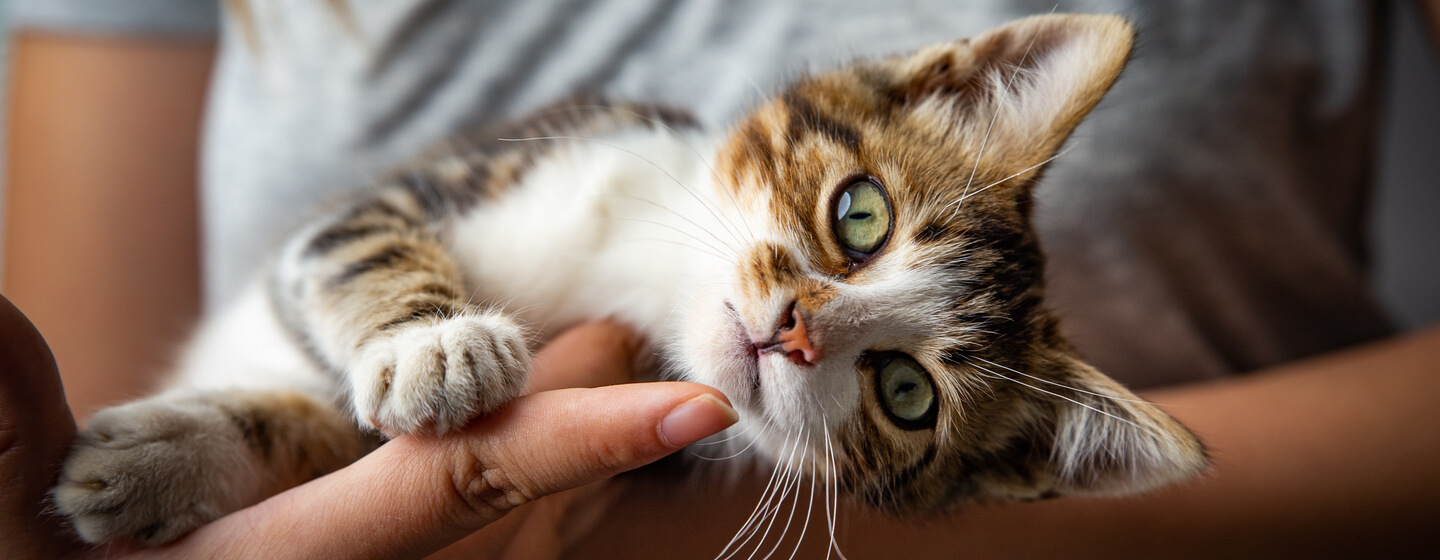
Ringworm In Cats Symptoms Treatment Methods Purina

Ask The Expert Ringworm Treatment Humanepro By The Humane Society Of The United States

Clotrimazole Cream Click For Larger Image Ringworm Psoriasis Image Laser Eye Surgery Cost
Ringworm Symptoms And Treatment Alley Cat Rescue

Ringworm In Cats Symptoms Treatment And Prevention Hill S Pet
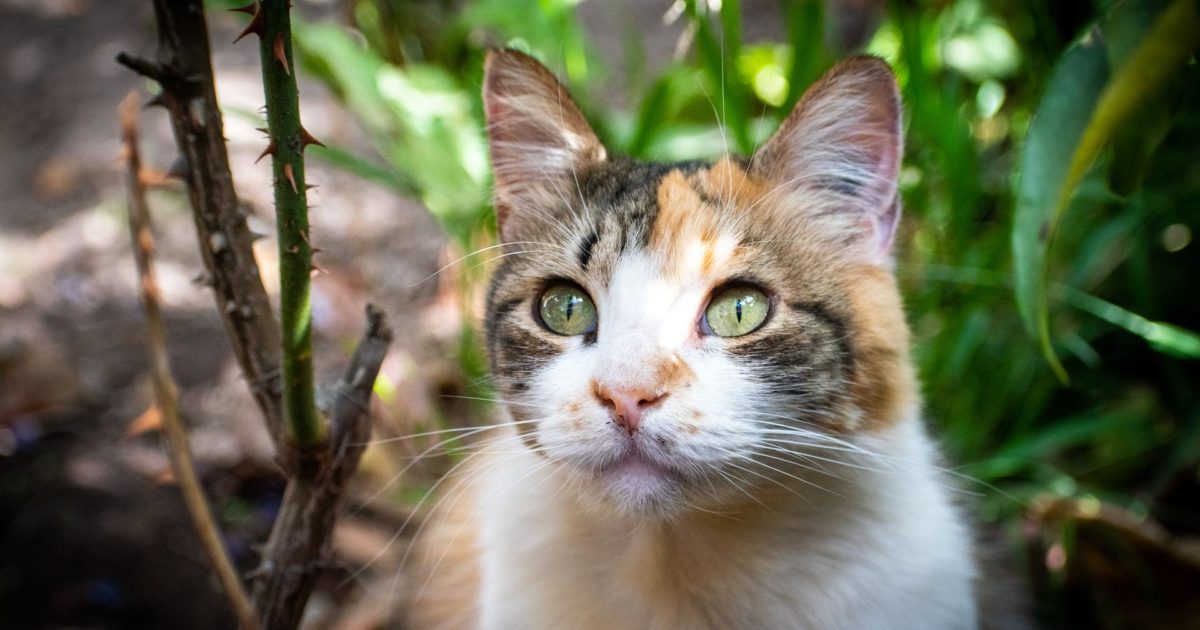
Help My Pet Has Ringworm What Should I Do Firstvet
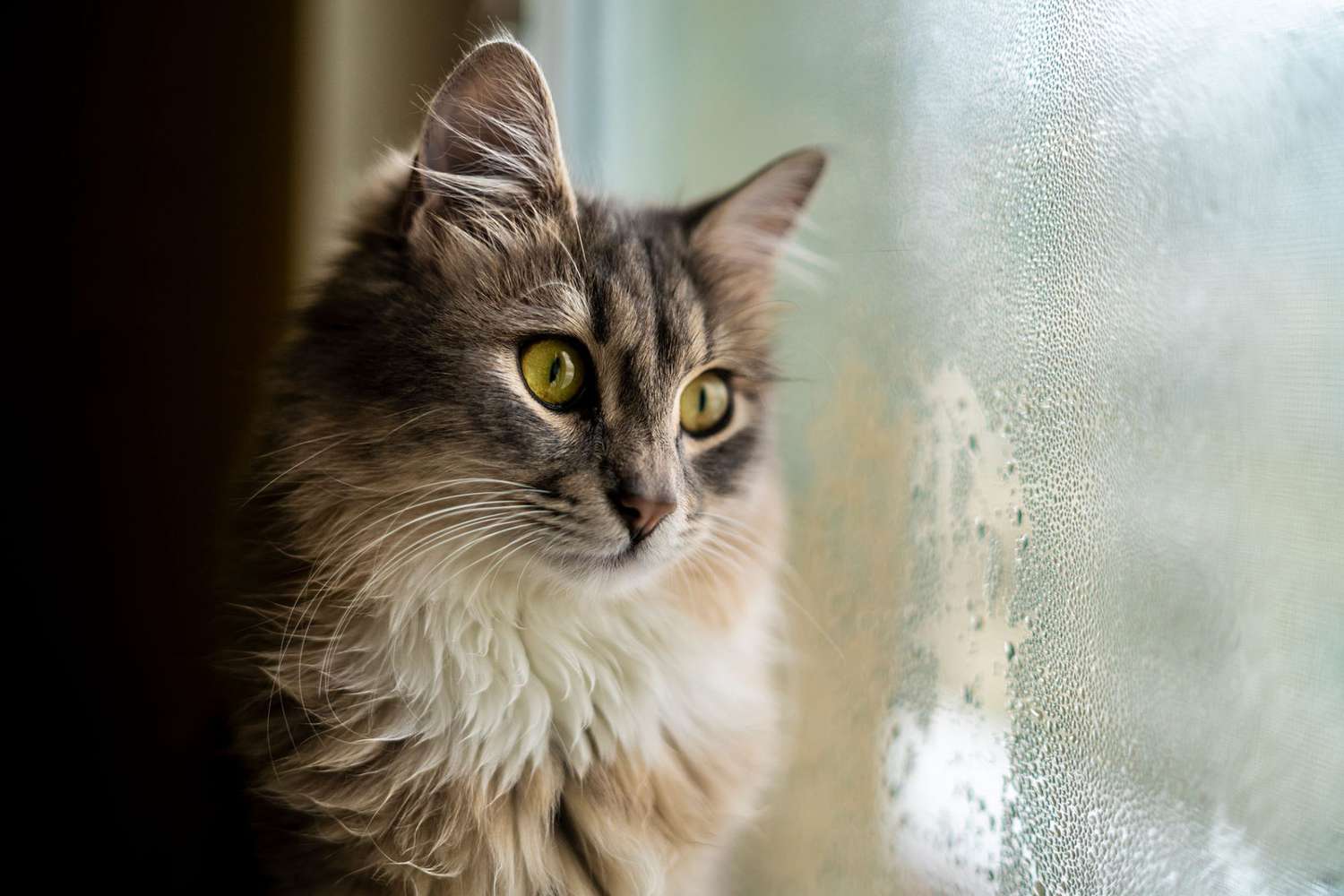
Ringworm In Cats Causes Symptoms Prevention Treatment Daily Paws

Ringworm In Cats Great Pet Care
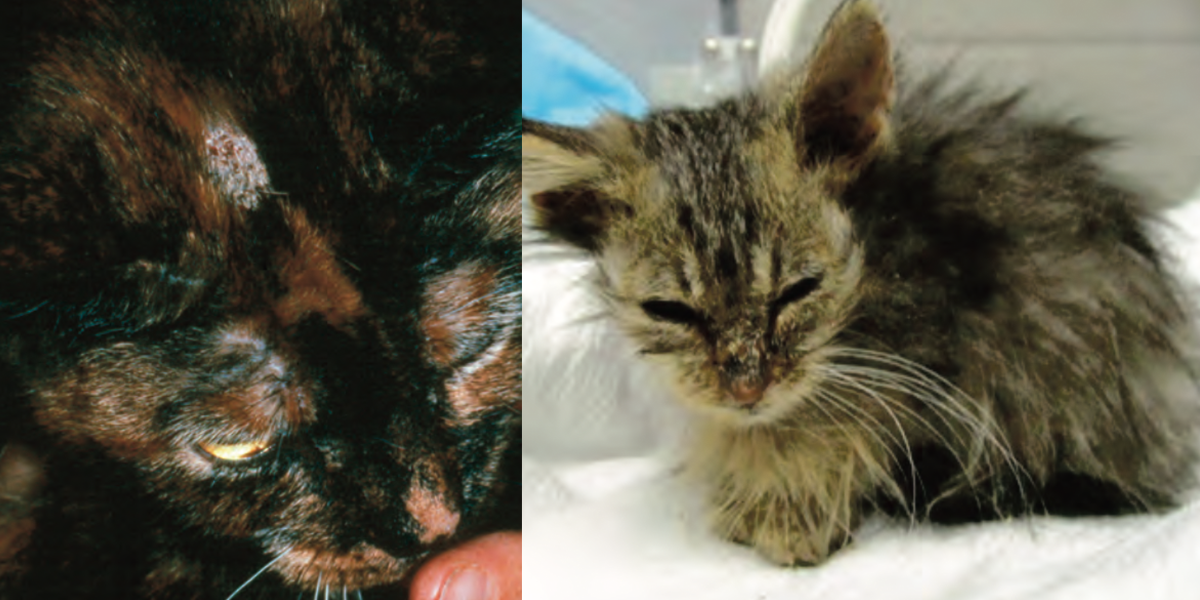
Ringworm In Cats International Cat Care
Post a Comment for "Ringworm In Cats Oral Medication"